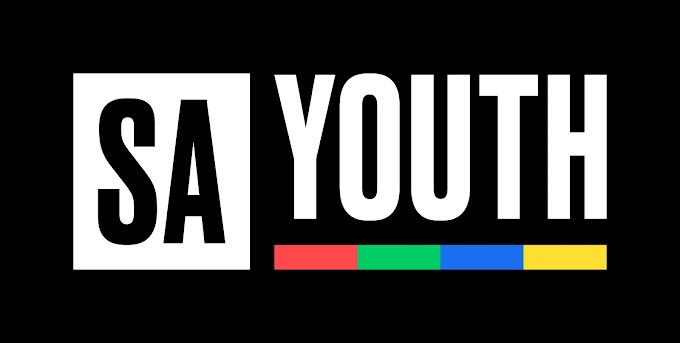Liquidity
There are numerous advantages to trading on the Forex.
In the Forex Market, there is a buyer and a seller! The Forex absorbs trading volumes and per trade sizes which dwarf the capacity of any other market. On the simplest level, liquidity is a powerful attraction to any investor. It suggests the freedom to open or close a position 24 -hours a day.
Once purchased, many other, high-return investments are difficult to sell at will. Forex traders don’t have to worry about being “stuck” in a position due to lack of market interest. In the nearly $3.5 trillion U.S. per day market, major international banks have “bid” (buying) and “ask” (selling) prices for currencies.
Access
The Forex is open 24 hours a day from about 5:00 PM ET Sunday to about 4:00 PM ET Friday. An individual trader can react to news when it breaks, rather than having to wait for the opening bell of other markets when everyone else has the same information. This timeliness allows traders to take positions before the news details are fully factored into the exchange rates. High liquidity and 24 hour trading permit market participants to take positions, or exit, regardless of the hour. There are Forex dealers in every time zone and in every major market center; Tokyo, Hong Kong, Sydney, Paris, London, United States, et al. willing to continually quote "buy" and "sell" prices.
Since no money is left on the market table-referred to as a “Zero Sum Game” or “Zero-Sum Gain”- and providing the trader picks the right side, money can always be made.
Two-Way Market
Currencies are traded in pairs–for example: Euro/Dollar (EUR/USD), Dollar/Yen (USD/JPY) or Dollar/Swiss Franc (USD/CHF). Every position involves the selling of one currency and the buying of another. If a trader believes the Swiss Franc will appreciate against the Dollar, the trader can sell Dollars and buy Francs. This position is called "selling short".
If one holds the opposite belief, that trader can buy Dollars and sell Swiss Francs–“buying long”. The potential for profit exists because there is always movement in the exchange rates (prices). Forex trading permits the opportunity to capture pips from both rising and falling currency values in relation to the Dollar. In every currency trading transaction, one side of the pair is always gaining, and the other side is always losing.
Leverage
Trading on the Forex is done in currency “lots.” Each lot is approximately 100,000 U.S. dollars worth of a foreign currency. To trade on the Forex market, a Margin Account must be established with a currency broker. This is, in effect, a bank account into which profits may be deposited and losses may be deducted. These deposits and deductions are made instantly upon exiting a position.
To be continued...






